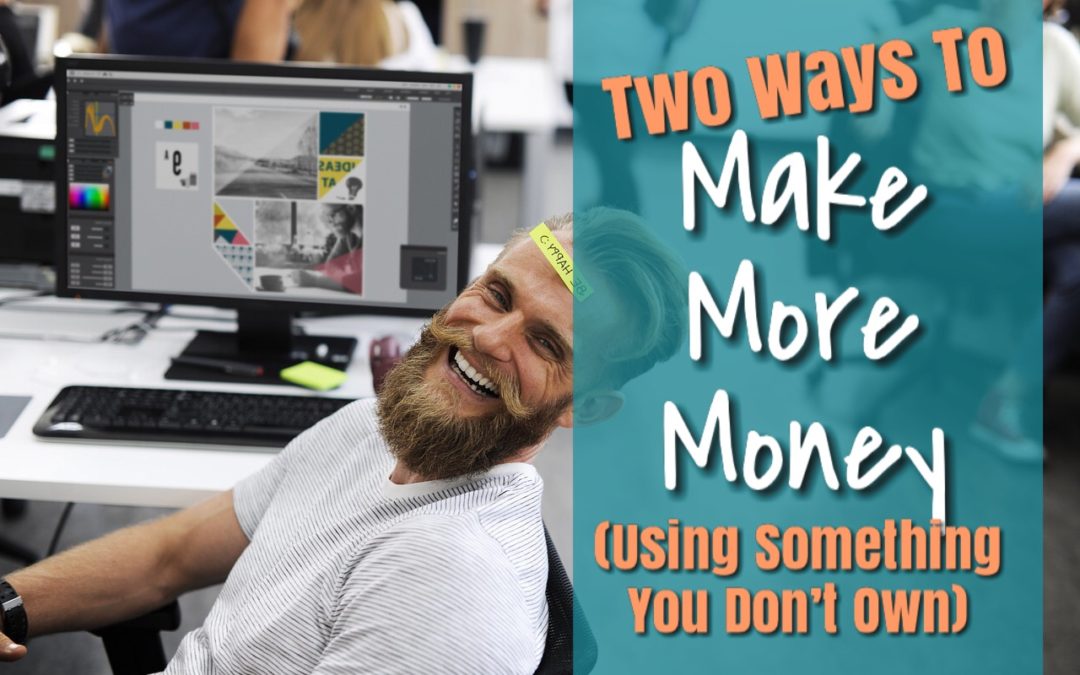Rinse & Repeat.
It’s on the back of every shampoo bottle. And it turns out, if you ask any hair stylist, they’ll tell you the magic of good hair is in the repeat. I was skeptical, but I decided to follow the directions a few years back. Wash. Rinse. Wash and Rinse. The soap suds were bigger and better than the first time (more effective?) and heat-styling my heavy, straight hair seems to last longer too (less fuss!). I rinse and repeat every wash now. If you aren’t already, you should try it next time.
Same
Your brand is a consistent promise to your customer. Its purpose is to help others identify your product, get repeat sales, and/or new product sales. To do so, apply a generous amount of branding to your business, the product, its packaging, your advertising, office space, social media, print materials, customer touch points etc. Repeat.
Wait, what’s a brand, anyway? Good question. (Hint: it’s not your logo)
Instead, your “brand” is what your prospect thinks of when he or she hears your name. Factual (located in Chicago) and emotional (chic and affordable, Target or Tar-gÉ). It’s intangible and it only exists in your customer’s mind. You don’t even own it!
Famous marketer, David Ogilvy described it as “the intangible sum of a product’s attributes.”
Great, it’s not my logo and I don’t own it. How can it grow my business? I have two suggestions.
Be Bold. Be Consistent. Be Both.
Who am I? I’m pink, I’m a bunny with a bass drum. I’m powered by a brand name battery that can outlast the competition. Who does this bunny belong to?
Did you say, Energizer? Or the one with the Coppertop, Duracell?
Depending on where you live, you might remember the brand name differently. You’d
In 1973, Duracell first created their bold pink bunny with a drum that promoted their values of long-lasting. You might remember the early commercial with several pink bunnies drumming away. All but one comes to a standstill. Duracell secures it’s spot in the hearts and minds of all us that year. But they failed to renew the trademark in the US. To
Failing to renew that trademark, allowed their biggest competitor, Energizer, to swoop
Shortly after the ads became popular it was Duracell who saw an increase in market share while Energizer had a dip. The switch was so similar, US customers were confused. Even customers who didn’t recall seeing the ads, still guessed it was a Duracell Bunny (not Energizer). How did it backfire?
Lesson Learned
What action should Energizer have taken from the start? And what can
The same is true for your business. There are so many incredible, memorable things about your location, store, restaurant, practice, product or service that promote your values — but are you showing them
Are you showing off-all the things? It’s your brand colors, the paper of your menu, your lighting, outdoor seating, waiting room furniture, knowledge of employees, how they greet me, it’s social media, it’s the offers you give, the events you attend, and everything in between. It all makes up your brand promise and it’s uniquely you. So don’t swap your colors or your style. Don’t give into the next shiny object. Choose
While you don’t own the brand that lives in your customer’s mind, it is yours to nurture. It’s yours to rinse and repeat. Don’t give in to the excuse of oversight and forget to show it off. (And gosh, check those trademark renewal dates, eh?)

Recent Comments